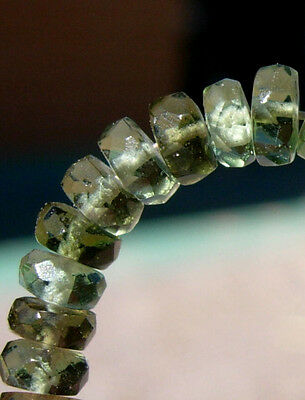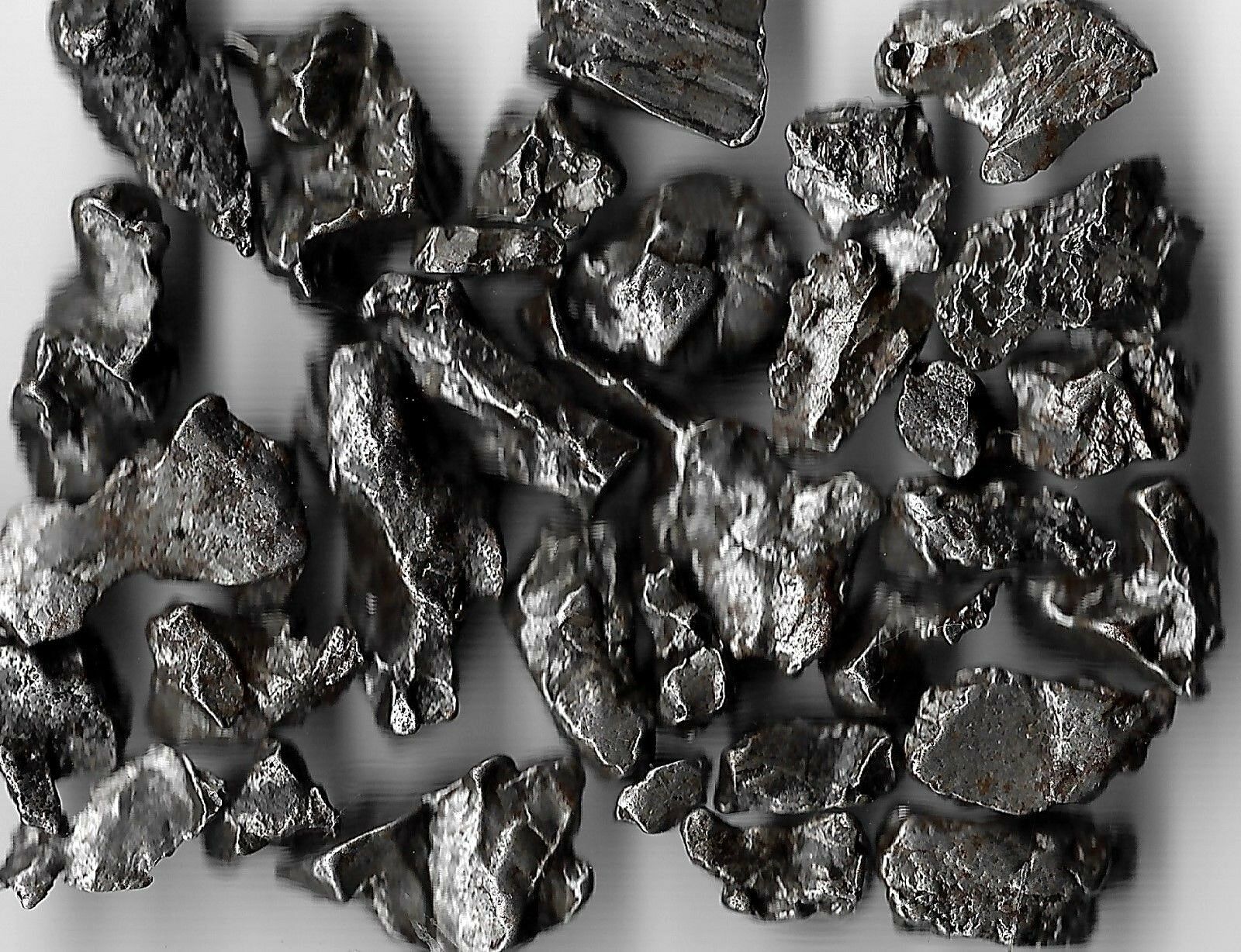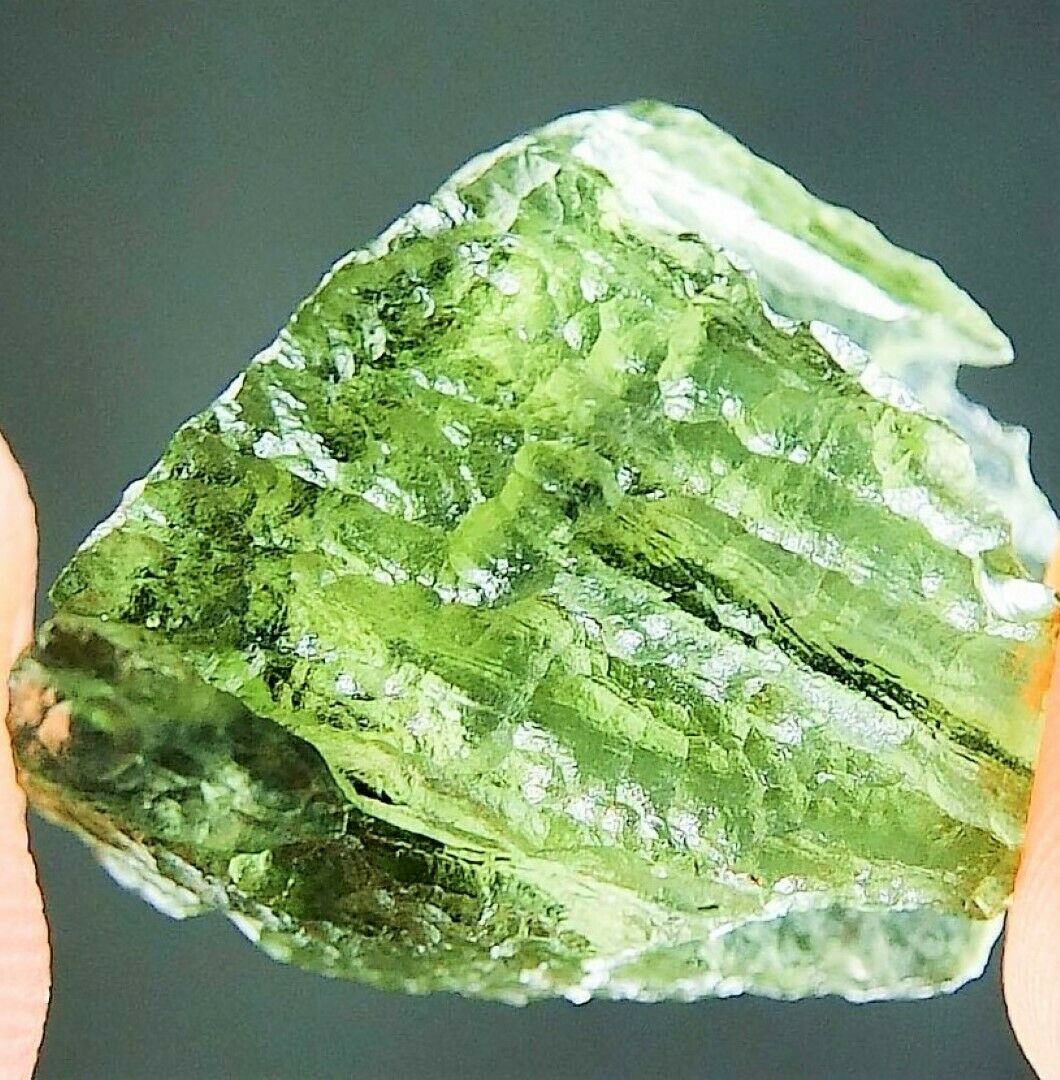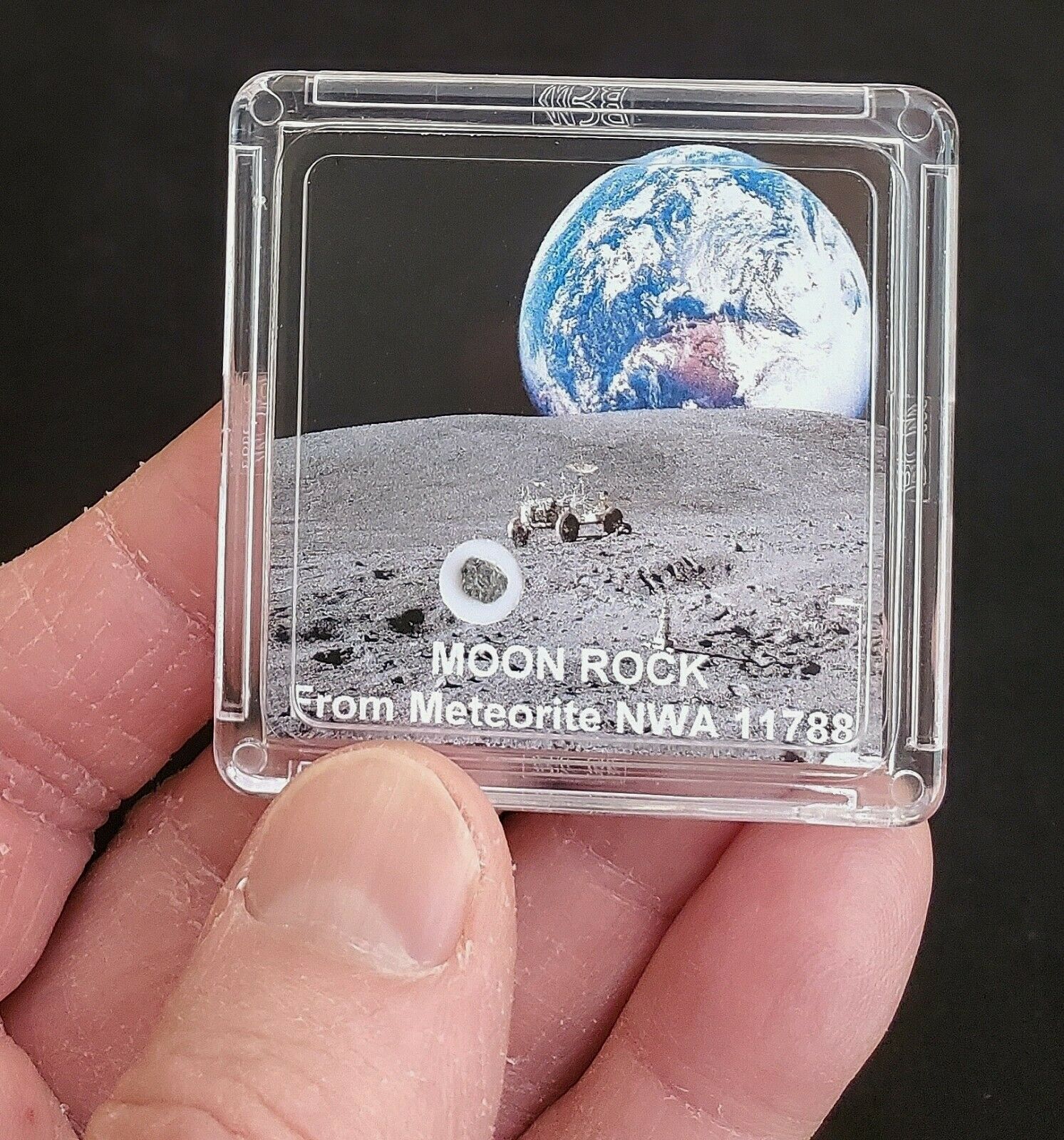-40%
1849 Historic Meteorite Fall MONROE: Cabarrus County, North Carolina 1.62 grams
$ 264
- Description
- Size Guide
Description
Maybe a once-in-a-lifetime opportunity to add a piece of this historic witnessed fall to your collection.A fresh specimen, with original crust on the edges and brilliant metal lights exquisitely preserved for more than 171 years!
(Don't forget to check the 5.1 gram companion piece in another auction.)
From,
“War in Heaven” The Monroe Meteorite fall of 1849
, by Martin Horejsi in the METEORITE TIMES, July 1, 2014:
Monroe is a brecciated H4 chondrite that fell on October 31 in 1849 in Cabarrus County, North Carolina. The single recovered mass of 8.6kg was the second witnessed fall in North Carolina since becoming a state in 1789, and is one of 29 known North Carolina meteorites, and is the only witnessed fall in the world recorded for the year 1849...
According to J. H. Gibbon Esq., of the Branch Mint of the United States at Charlotte, North Carolina, a condensed account of the facts surrounding the fall of the Monroe meteorite is as follows:
“On Wednesday, the 31st of October, 1849, at 3 o’clock, P.M. several persons in the town of Charlotte were astonished, and not a few were exceedingly terrified, by a sudden explosion, followed at short intervals by two other reports, and by a rumbling in the air to the east and south.”
“The sounds were distinct, and continued more than half a minute; they were imputed by some to thunder—but there were not clouds, the evening was calm and mild like the Indian summer, and only a mist was seen in the eastern horizon; nor were the impressions of others better founded that the explosions were due to the blasting of rocks on a railroad; but sheriff Alexander having once before witnessed the explosion of a meteor, justly traced the detonation to that cause.
The negroes, who are very acute observers of sound in the open air, denied the thunder, and an old fisherman said that the reports like those of three pieces of heavy artillery followed by the base drum. Horses both in harness and under the saddle started with alarm.”
“Enquiry began to be made for fallen stones, and on Monday a servant of the mint brought in a report from the county of Cabaras, twenty-five miles distant, that there were notices stuck up on the trees, inviting people to come and see “a wonderful rock that had fallen from the skies on the plantation of Mr. Hiram Post.”
Mr. Gibbon of the mint, with Dr. Andrews, traveled twenty-one miles, and partly at night by torch-light, to see
“the large mass of metallic rock.” They found placed in a conspicuous position upon a barrel elevated upon a post,* “a bluish gritty rock,” of irregular form, eight inches long, six broad and four thick, bearing marks in spots, of recent fracture, but otherwise black as if it had been exposed to heat and smoke, the black color being relieved where the crust had been broken, and a little of the clayey soil in which it was buried in its descent still adhered to it. It had the curved indentations usual in meteorites, as if it had been soft and had yielded to impressions, and lustrous metallic points appeared through the ground color, which had generally a bluish slaty appearance, but no such rock was known in the neighborhood.”
“Mr. Post took the travelers by torch-light to see the place where the mass fell. He was at the time in company with a young man on horseback; they heard overhead a whizzing sound—the whole atmosphere appeared to be in combination—they compared the sound to that of chain shot, or of platoon firing. Nothing was visible; but their attention being directed by the sun towards a large pine tree east of them, they heard the stone trike “with a dull, heavy jar to the ground,” while the dog, in terror, crouched at his master’s feet.”
“Mr. Post (in his peculiar language,) had sighted the sound, and his negro man ploughing in a field had done the same from a different direction, and by sounding with a sharp stick in the hole made by the stone in its fall, they soon found it, and extricated it from its hiding place, which was ten inches below the surface; the dried leaves which had been “driven about by the percussion, aided in discovering the spot, about three hundred yards from the place where Mr. Post had stood at the moment of the fall, which was in the woods, but there were no marks on the trees—although the impression was that numbers small bodies had fallen, “making a noise like hot rocks thrown into water.””
“Mr. Gibbon and his companion viewed the place both by torch and daylight, and were convinced of the accuracy of the statement.
"The people of the vicinity imagined that a rock had been thrown up from a volcano or from blasting, or had come from the moon, and were not easily persuaded that it could be formed in the atmosphere."
"As is usual in cases of extraordinary celestial phenomena, some were terrified by the supposed approach of the day of judgment, or of war, or some other dire calamity, and a militia colonel, in a spirit quite professional, said that “there must be war in heaven, for they were throwing rocks.”
"At the request of Dr. Andrews, the stone was diverted from another destination, in favor of Prof. Charles U. Shepard, of the Medical College of South Carolina at Charleston—from whom we learn that at a recent date the specimen had not yet reached him.”
“In due time we shall have the result of his scientific examination; but from the circumstances we have no hesitation in admitting this case as genuine: the facts are perfectly familiar to hundreds on record, and in many particulars are in accordance with the remarkable event of this nature which happened in Weston, Connecticut, in December, 1807, and with which the senior editor of this Journal, with his college colleague, Prof. Kingsley, was at the time familiar. There is no room to discuss theories, but we feel fully assured that aerolites are not formed in our atmosphere, are not projected from terrestrial or lunar volcanoes, but have a foreign origin, giving us the only reports of the physical constitution of other worlds which have ever reached our earth.”















